Hanji (韓紙) is paper made from the mulberry tree, manufactured in the traditional Korean way, and is also called Dakjongi. There is no specific evidence of exactly when it was used in the Korean Peninsula, but it is generally believed that it was introduced into Manchuria and the Korean Peninsula during the Three Kingdoms period, from the 2nd to the 6th century AD.
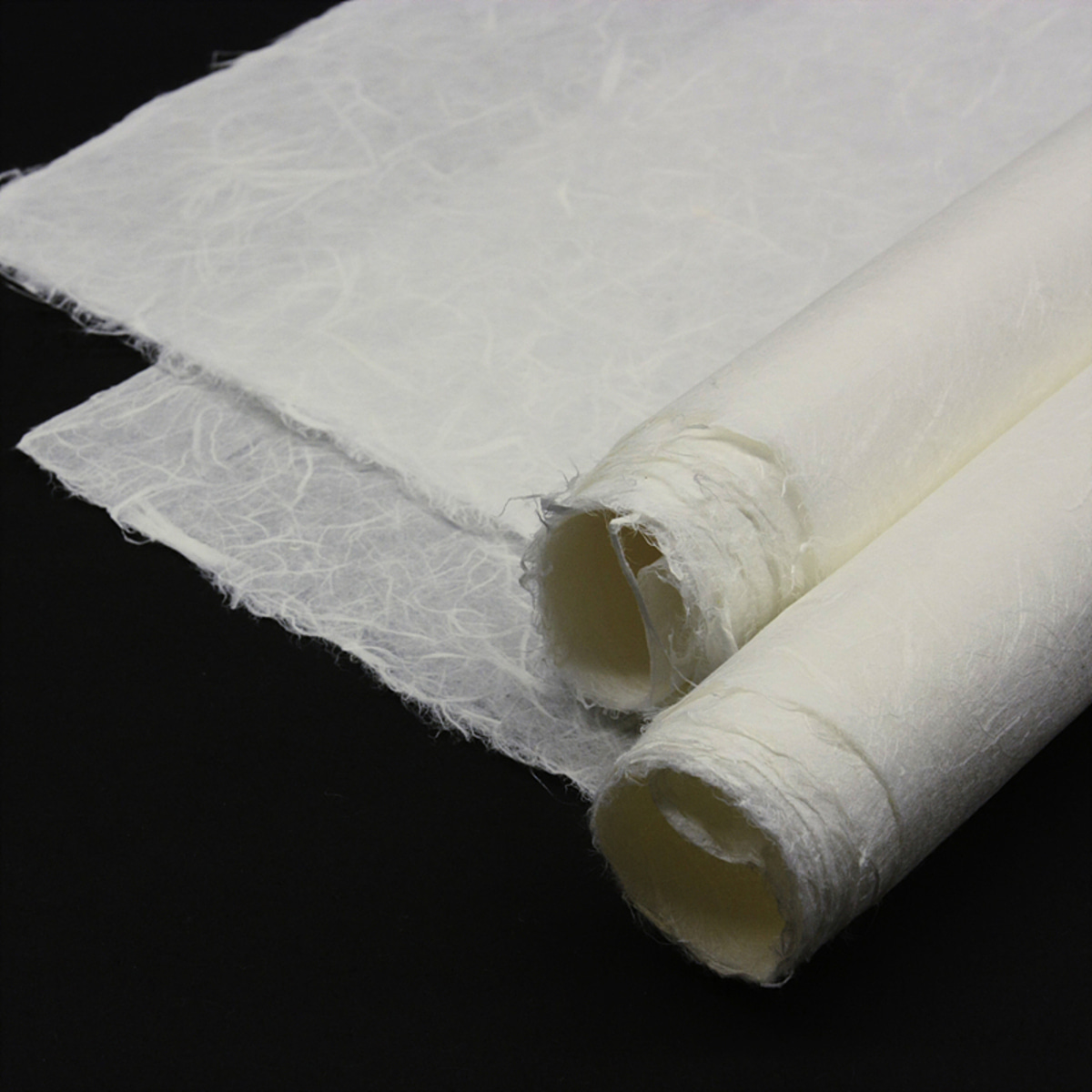
Advantages of Hanji
In modern society, plastic is preferred because it is lightweight and has excellent airtightness. However, due to this, environmental hormones are receiving a huge price in ecosystem disturbance and environmental destruction.
So these days, hanji is attracting attention as an eco-friendly material.
Middle ground over a thousand years
Hanji has the advantage of being neutral. Hanji, a neutral paper, can be preserved for more than 1,000 years.
The excellence of preservation was recognized overseas, and Korean paper, Hanji, was used to restore the works of Leonardo da Vinci in Italy.
Excellent Eco-friendliness and antibacterial properties
Unlike artificial pulp paper, Hanji is a harmless plant fiber, and as a non-wood paper, it does not destroy the environment. In addition, the fiber made of Korean paper is an Eco-friendly material and prevents atopy.
When used as a wallpaper, Korean paper can be constructed with wheat flour paste, so it is not harmful and it is good for rhinitis or dry skin because it controls humidity. In addition, it has good breathability and deodorization, so it is well ventilated.
Creation of warmth and pleasant indoor air
Hanji has adequate space between the fibers, so it automatically creates warmth. If you apply window paper to the door frame, the temperature in the room does not react sensitively to the outside temperature, so you can maintain the indoor temperature even in the cold winter.
In addition, the building finishing materials made of Korean paper can automatically adjust the temperature and humidity to make the indoor air pleasant.
high durability
Mulberry fiber is long, twisted in many directions, and has strong anatomical characteristics. With these characteristics, Hanji maintains its original appearance for a long time without deterioration or deformation.
The bark of the mulberry tree, which is needed to make Korean paper, has a constant fiber thickness, and is longer and stronger than other trees. According to research on traditional science and technology, compared to the 3mm fiber length of coniferous trees such as fir and pine, which are materials for chemical pulp, paper mulberry is 10mm, three times longer, and its fiber structure is dense like a net, making it resistant to external shocks. So, in the Joseon Dynasty, they made and used armor by attaching layers of Korean paper, but it is said that arrows could not pierce it.
<Source: Characteristics and Excellence of Hanji>
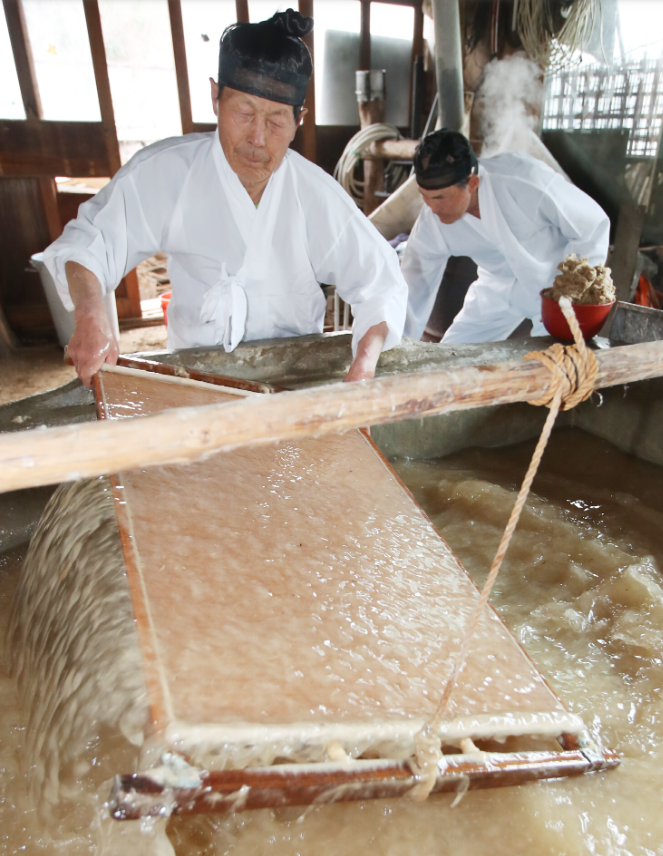
Hanji manufacturing process
Then, what kind of manufacturing process does this kind of hanji go through? In fact, Hanji is made through a slightly more complex and eco-friendly process than the paper we use.
The approximate recipe for mulberry paper is as follows.
1. Cut the mulberry tree, steam it, peel it, trim it, and dry it to prepare.
2. Soak the white skin in water, put it in a pot, and boil it in lye.
3. Sun bleaching or chemical bleaching.
4. Beat it well with a bat to make the fibers disperse smoothly.
5. Paper is completed by putting mulberry root (Hwangchokgyuaeek) in water and releasing the cellulose, scooping out the pulp with your feet and drying it.
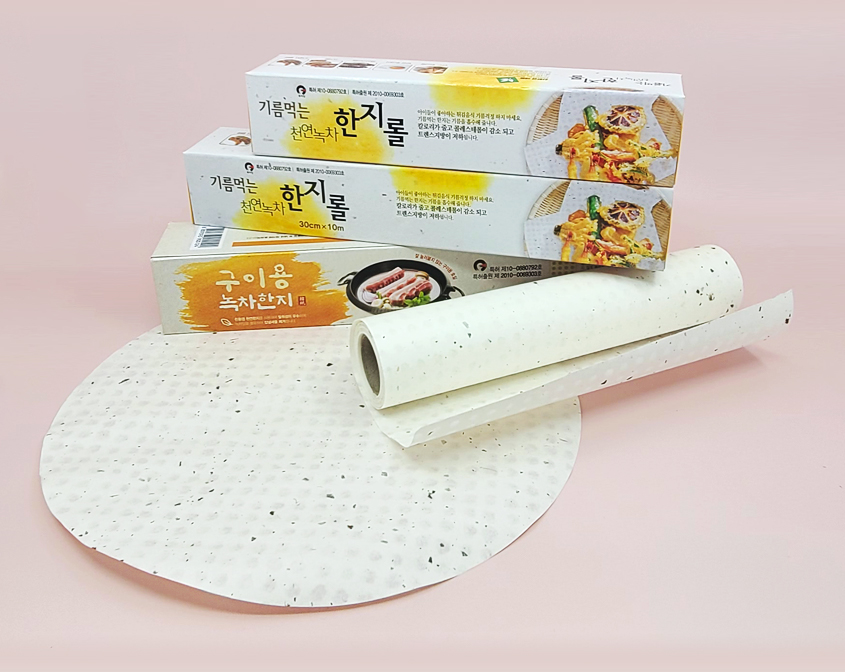

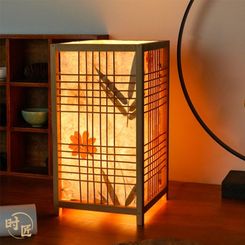
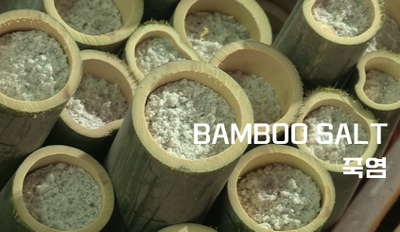


ForInjuries-20230203052432.png)

Comments: 0